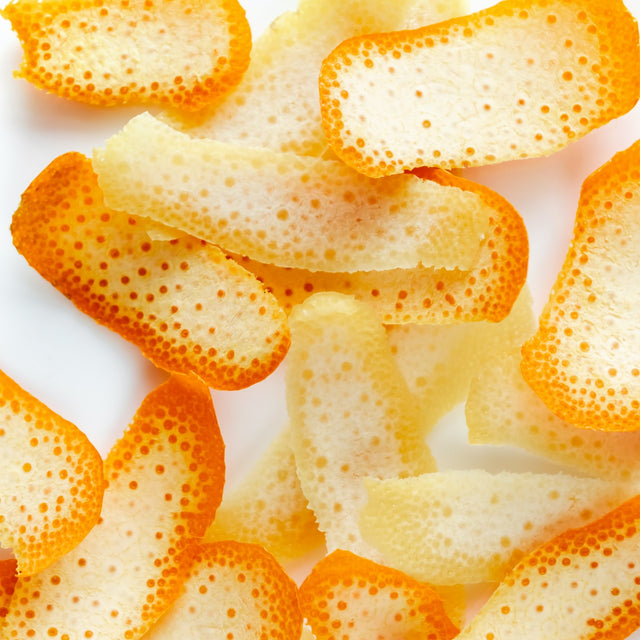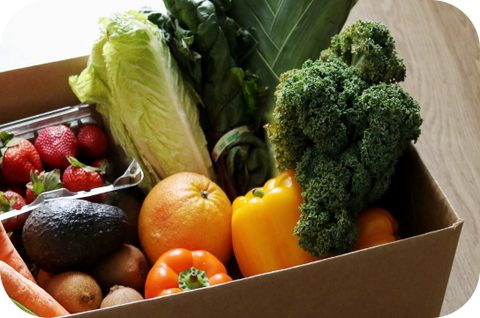

When trying to reduce food waste, people often mention the possibility of consuming parts that most of us throw away. While not all produce peels are safe to eat, some of them can and should be consumed for nutritional and environmental benefits. Here are peels you should consider eating up (after a good wash, of course)!
Banana: Banana peels can be eaten raw or cooked and they're abundant in fiber and potassium. The peels tend to be tough and a little bitter so blend them into a smoothie or boil for a few minutes then bake in the oven to dry it out for tea.
Orange: Orange and other citrus peels are great eats. You can enjoy these peels candied or grated/zested to add flavor to beverages, sauces, marinades, salads, oatmeal and yogurt.
Kiwi: Kiwi skins are edible. They contain triple the amount of fiber than the flesh. If you find the fuzz unappetizing, scrape it off first.
Potatoes: Potato skins are filled with fiber and vitamins. Leave the skin on when cooking or save and fry in oil if needed to be peeled for a tasty snack.
Carrot: Phytonutrients are more concentrated in the carrot’s skin. Simply scrub before adding in stew but peel if roasting as it can become bitter.
Mango: Mango peels contains vitamins C and E and fiber. Some might be allergic to mango peel so proceed with caution.
Pears, Peaches, Plums: Their skins have a lot of fiber, nutrients and antioxidants.
Apples: Apple skin has insoluble fiber, vitamin C, vitamin A and the flavonoid quercetin. However, they are a higher pesticide fruit so make sure to wash well.
Eggplants, Zucchini: Most of the nutrients of eggplants and zucchinis are in their skin due to the high water content of the flesh. Keep the skin on if you want extra fiber, flavonoids and magnesium.
Watermelon: Watermelon rinds have an amino acid called citrulline more than the juicy flesh itself. Pickle, juice, or stir fry it like a vegetable.
Onion: When peeling onions, save the skins and use it in broths or stews to add extra flavor.
What produce will you start eating with the skin on from now on? Let us know!
Source
